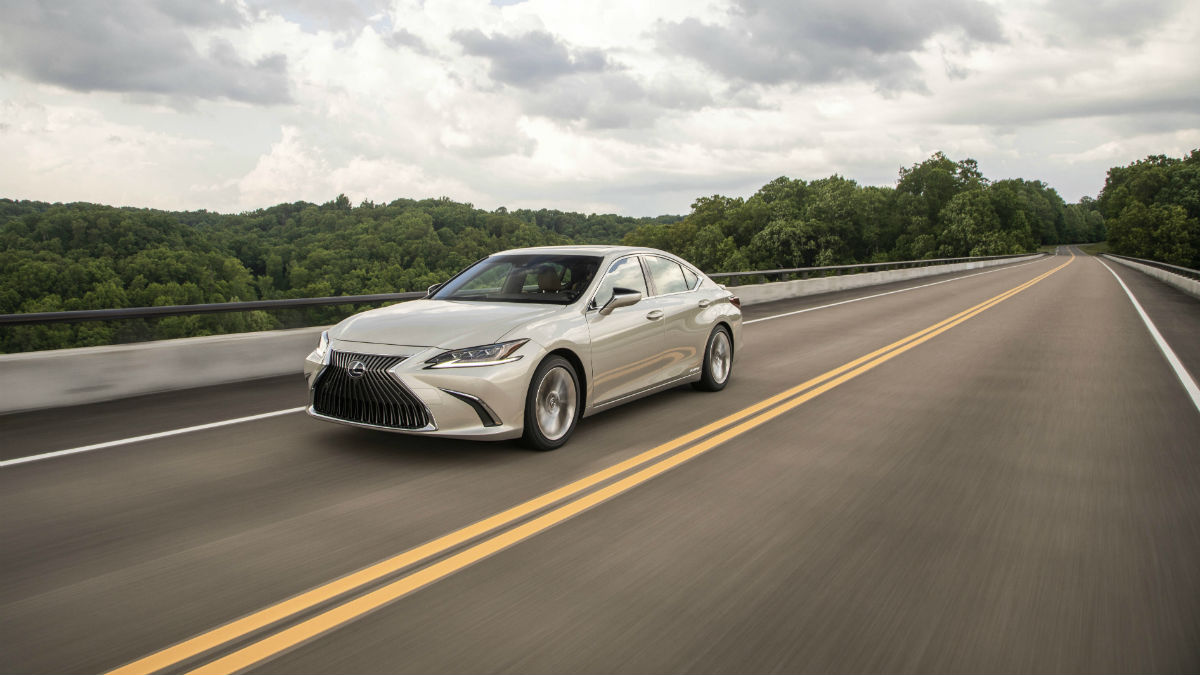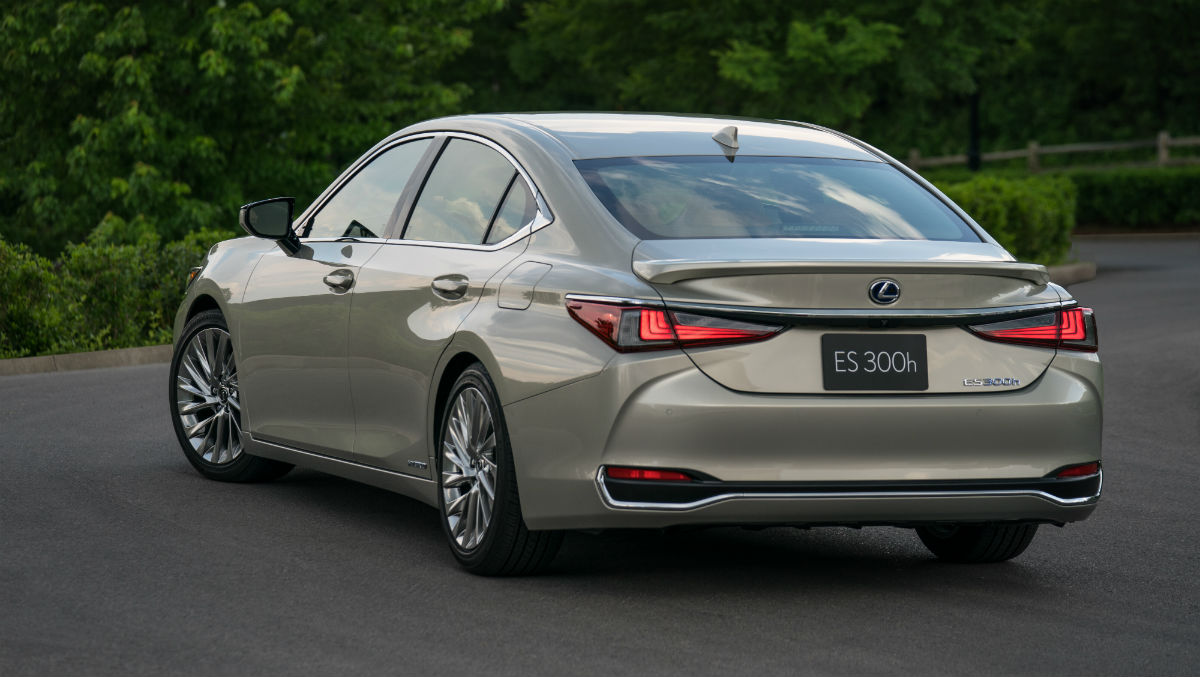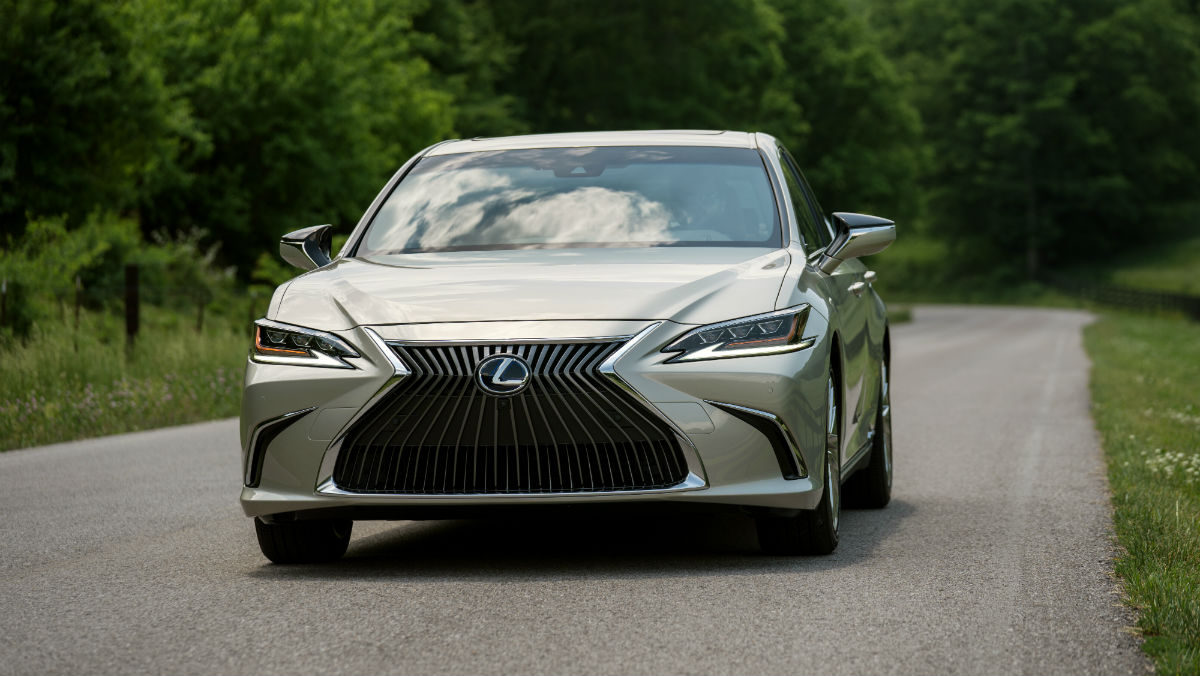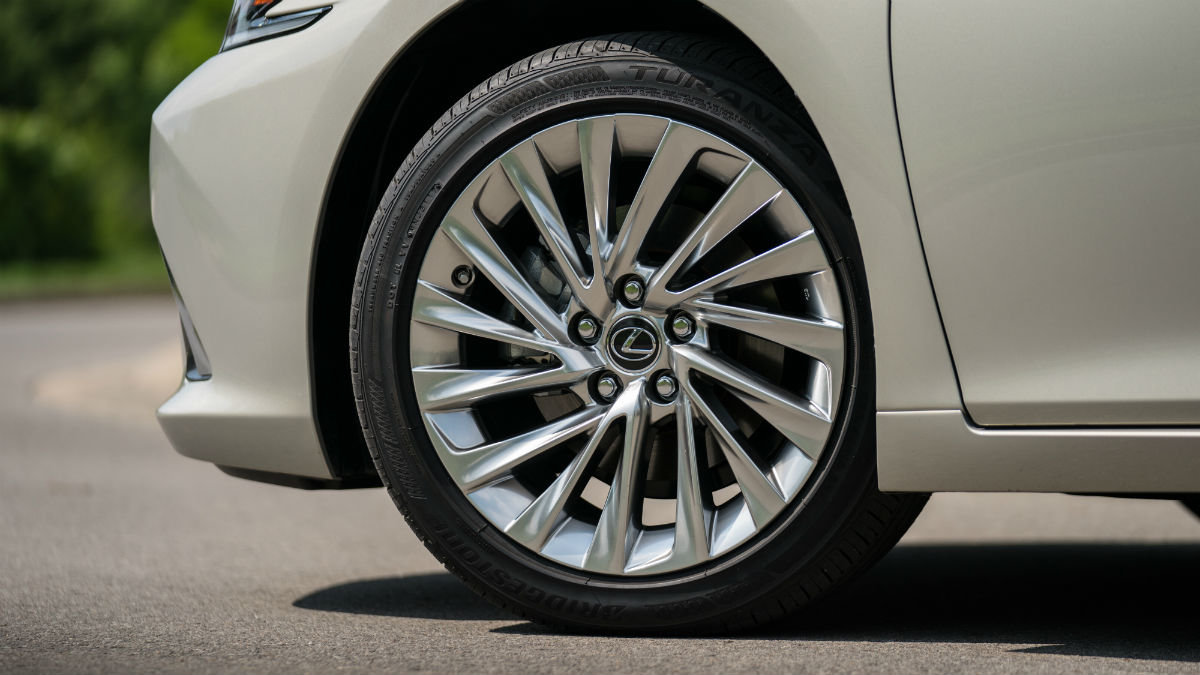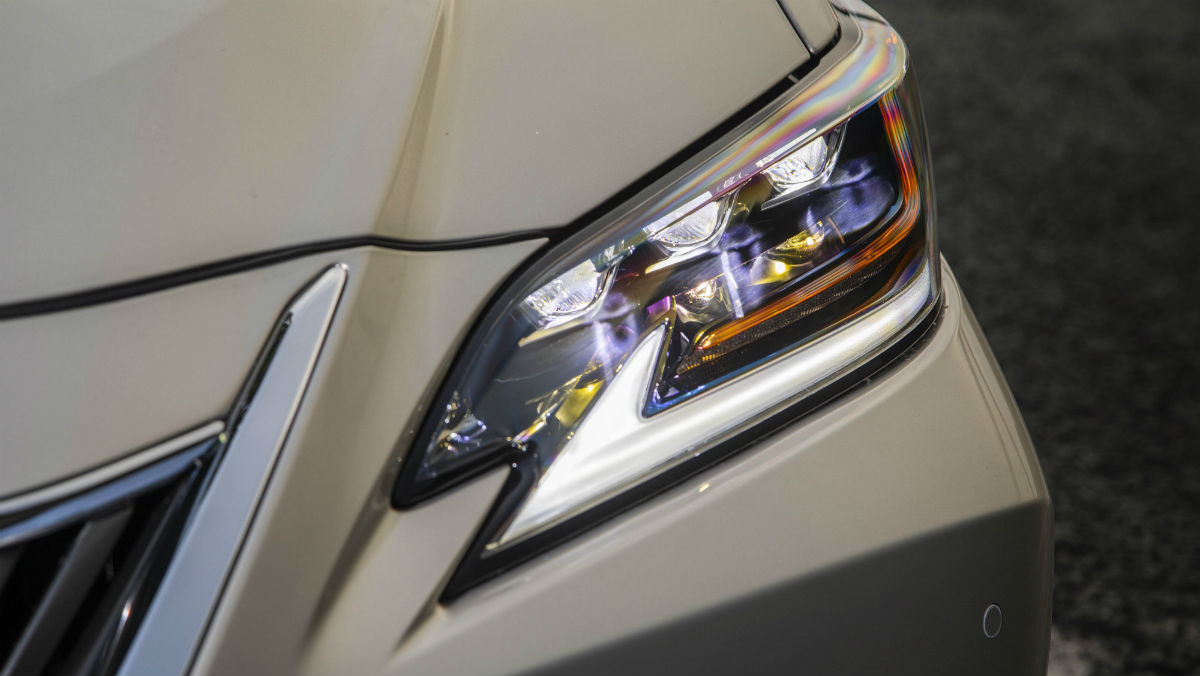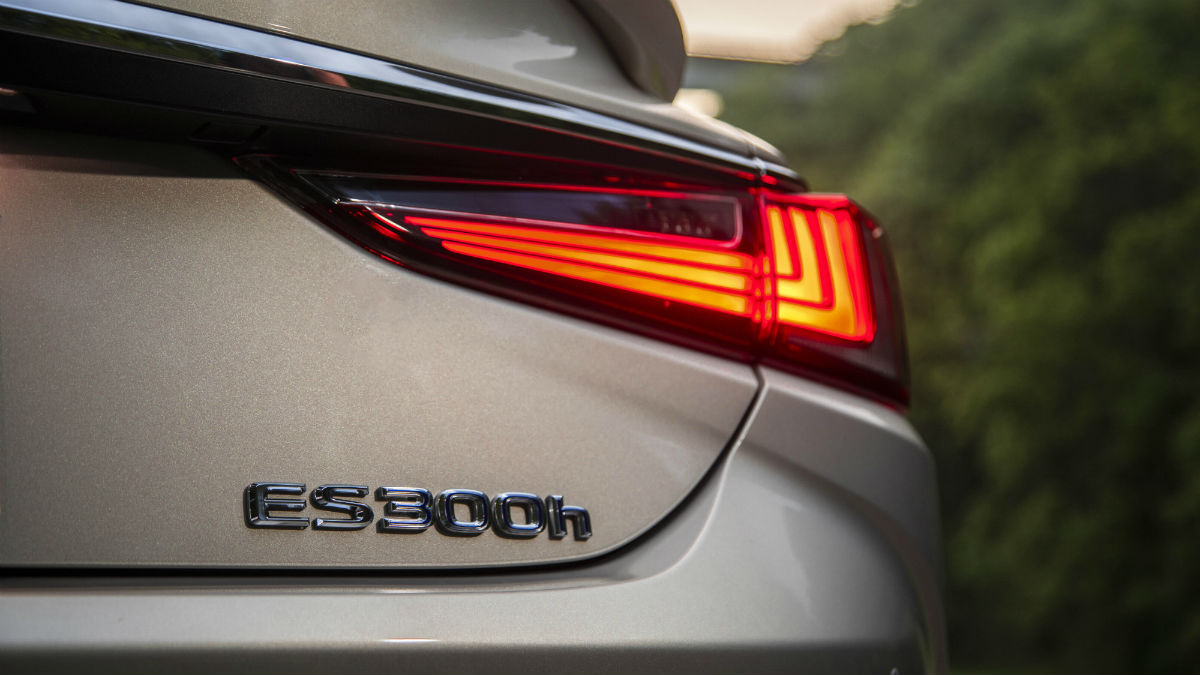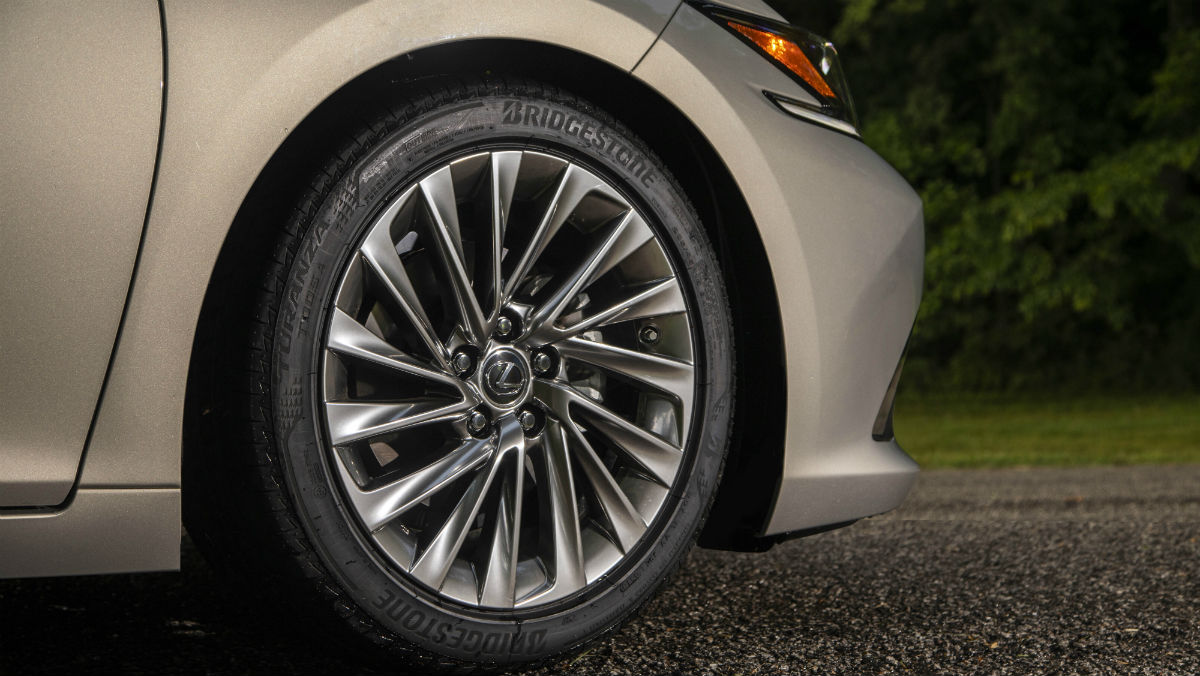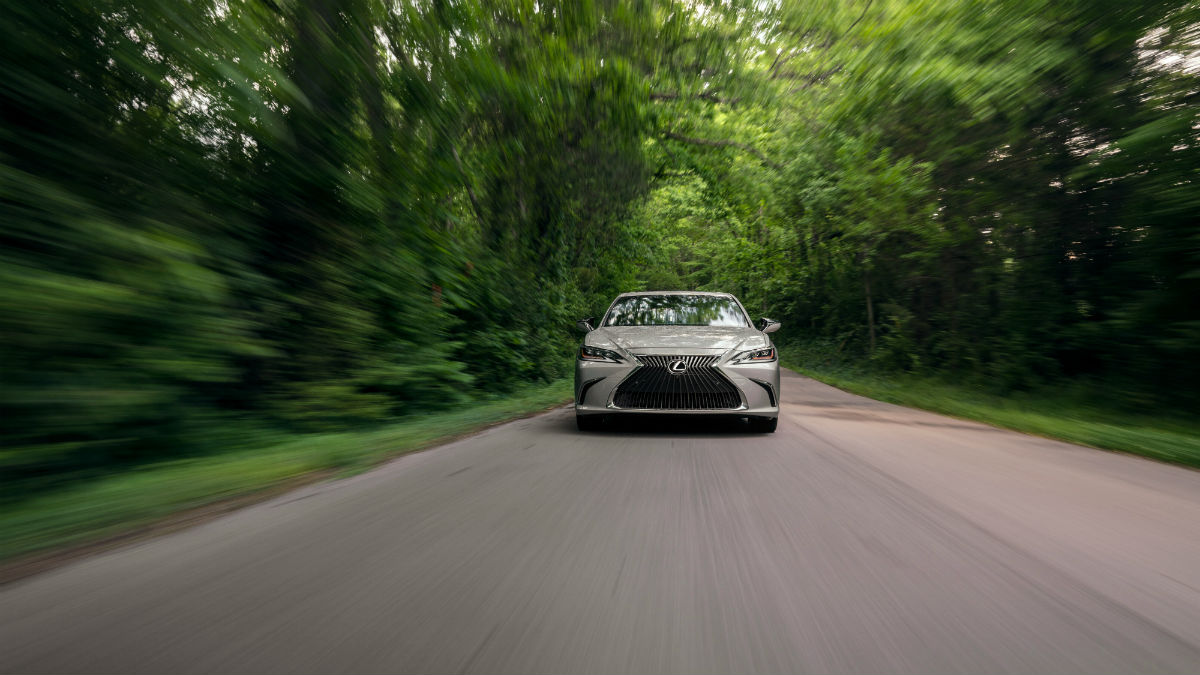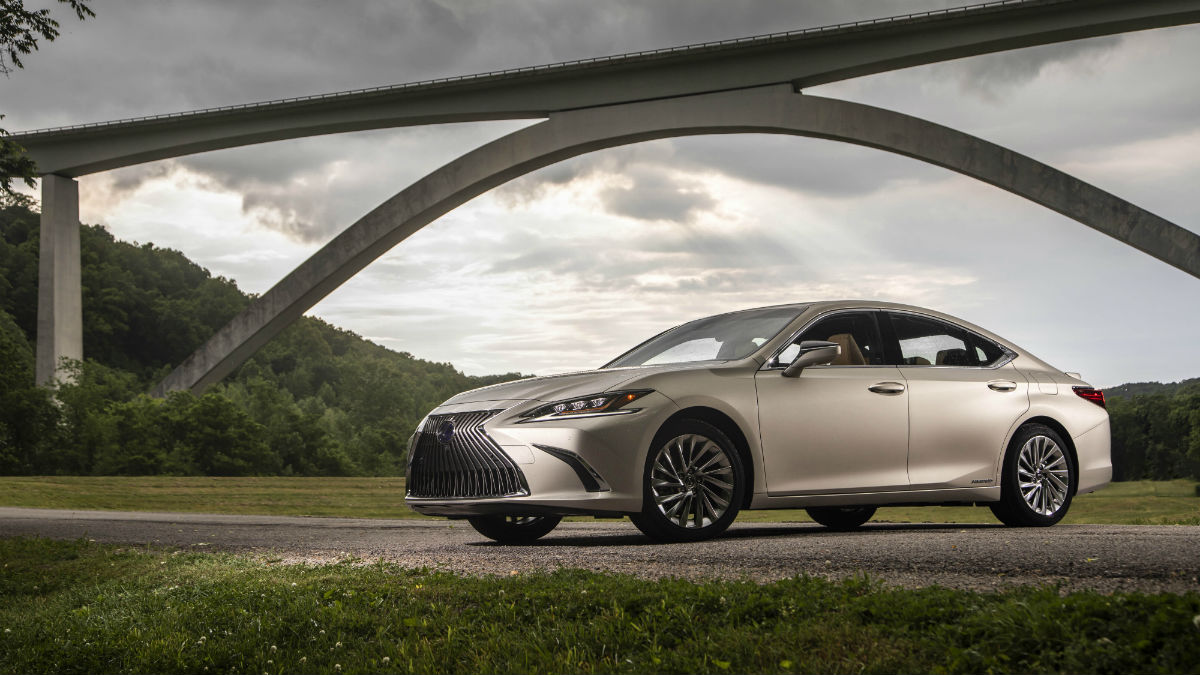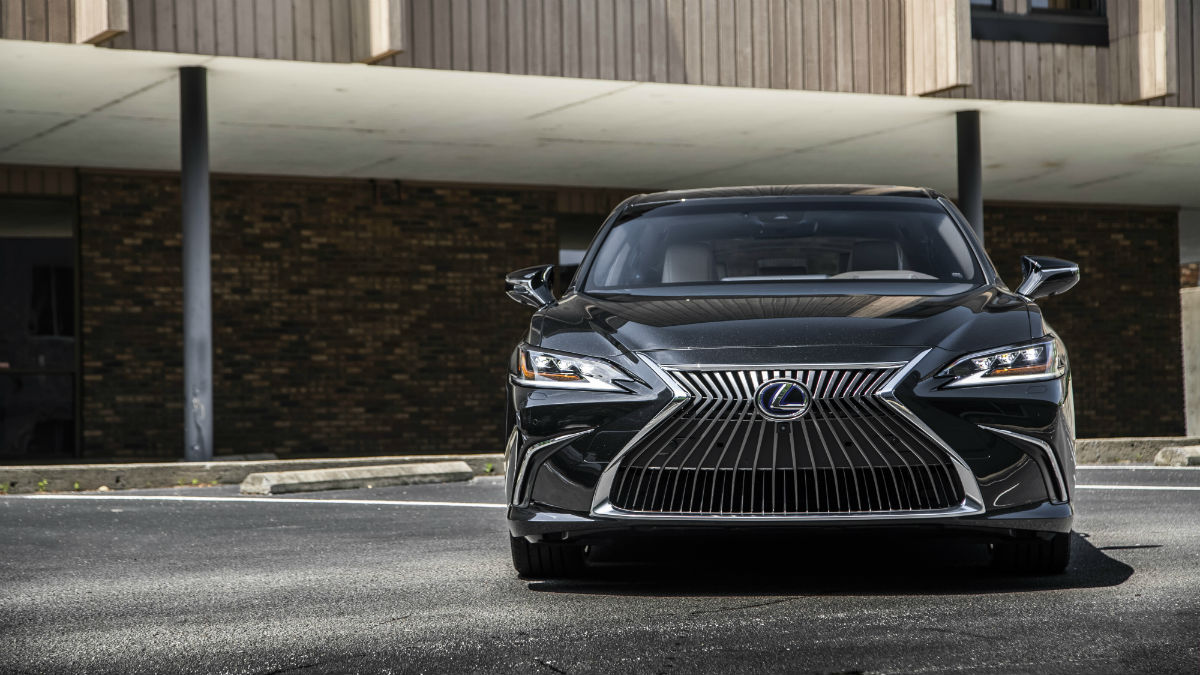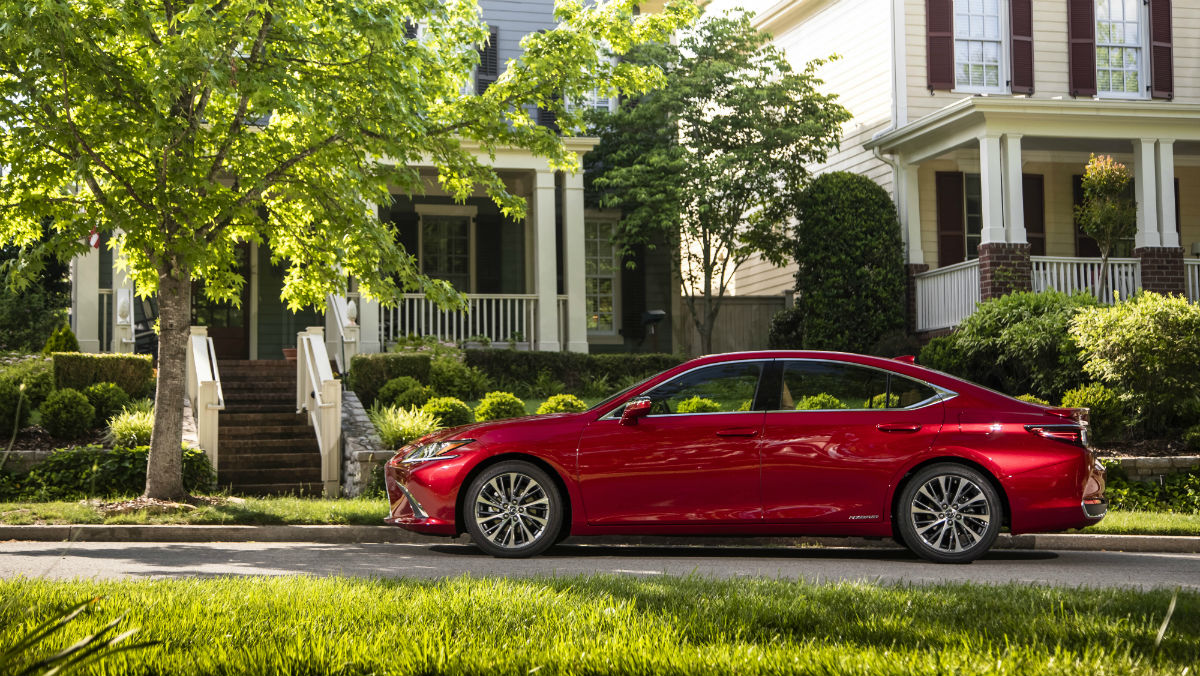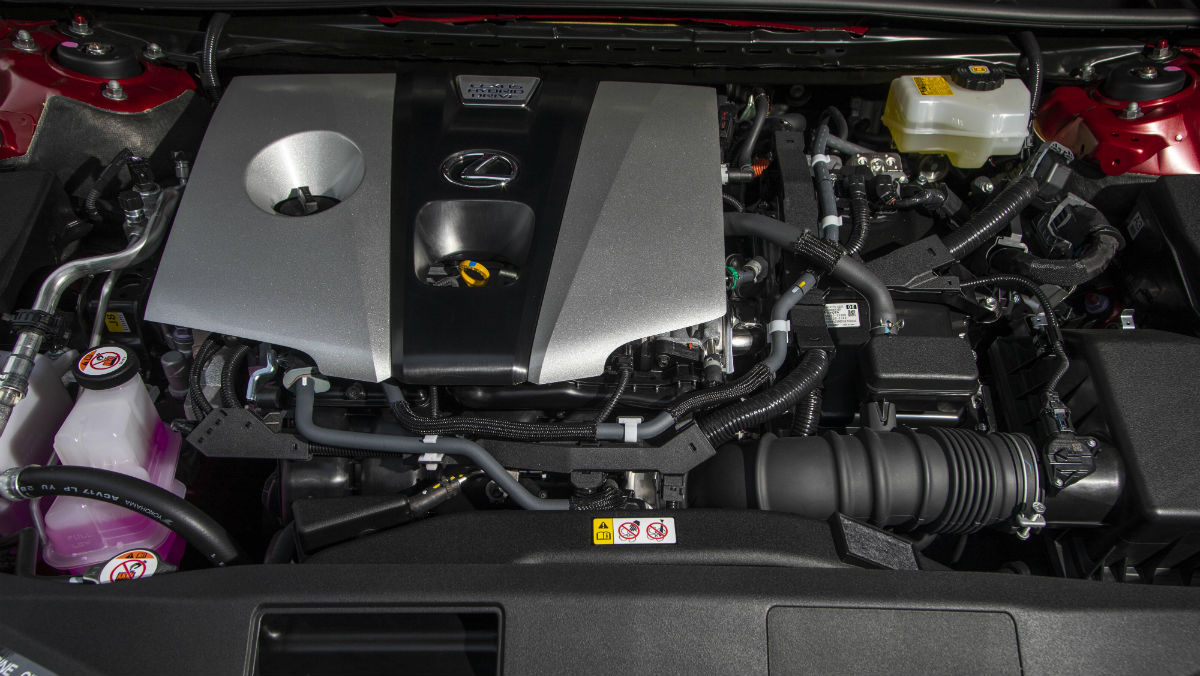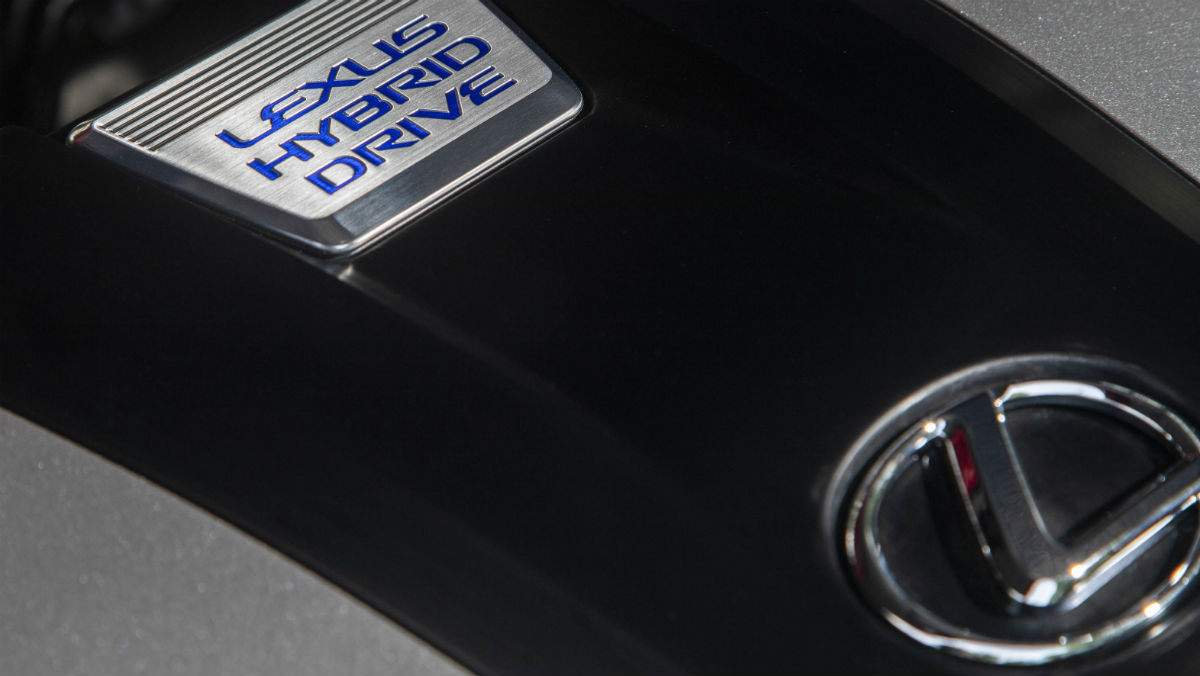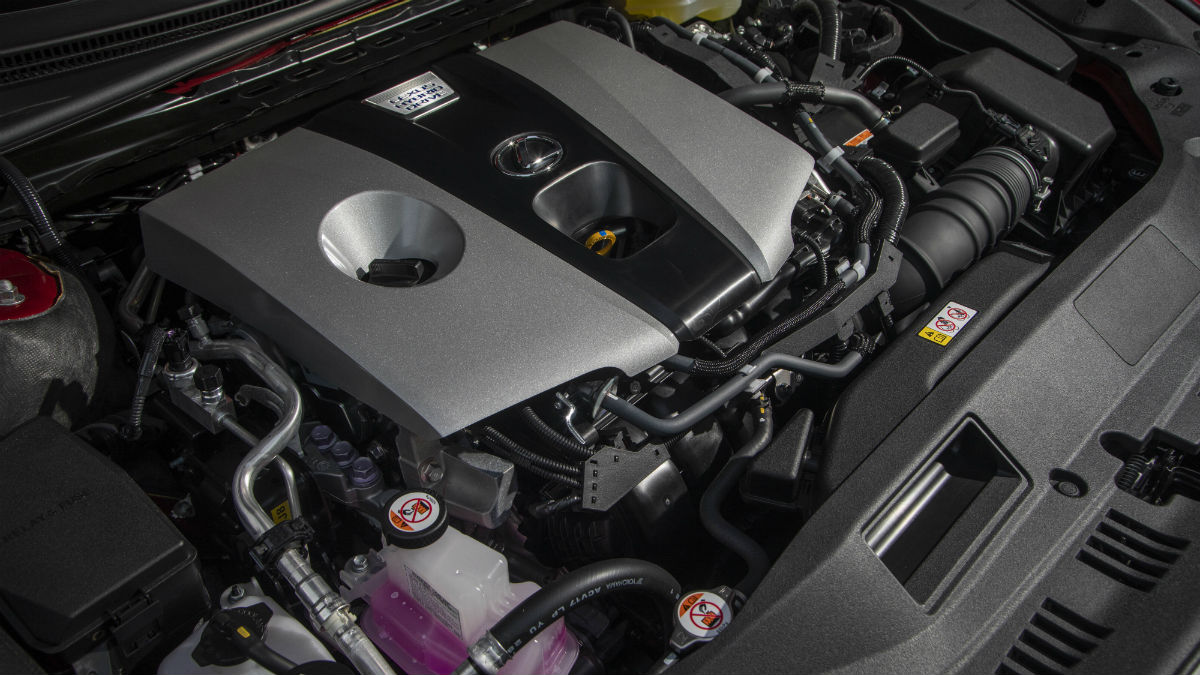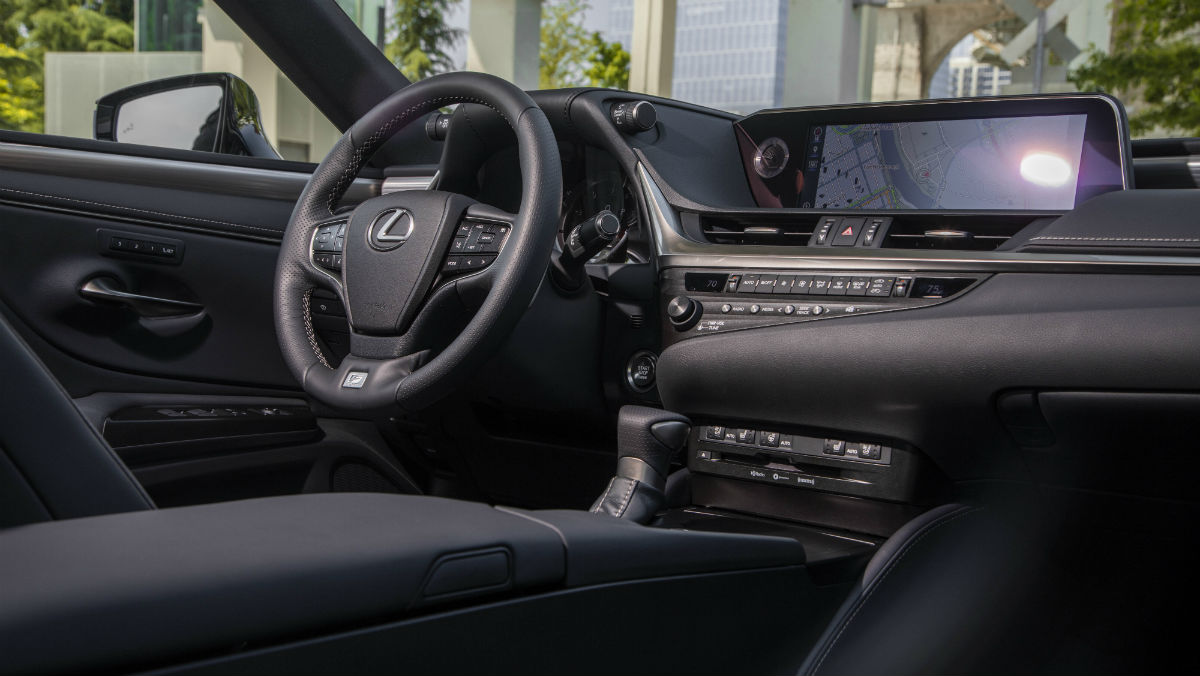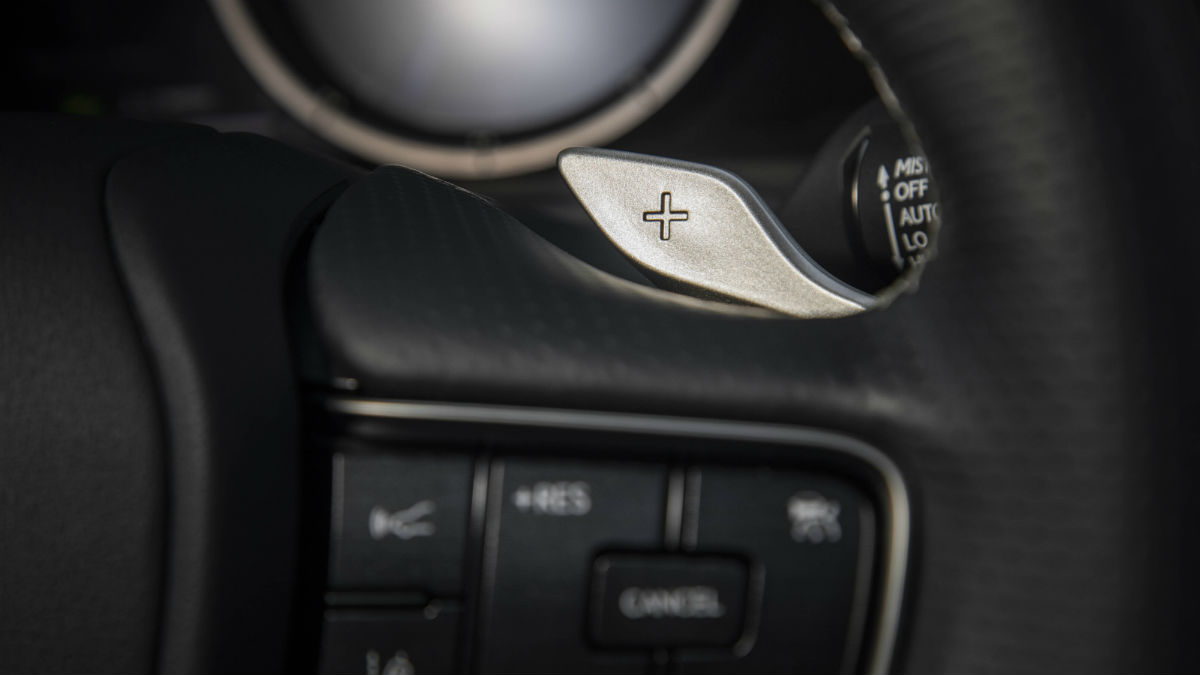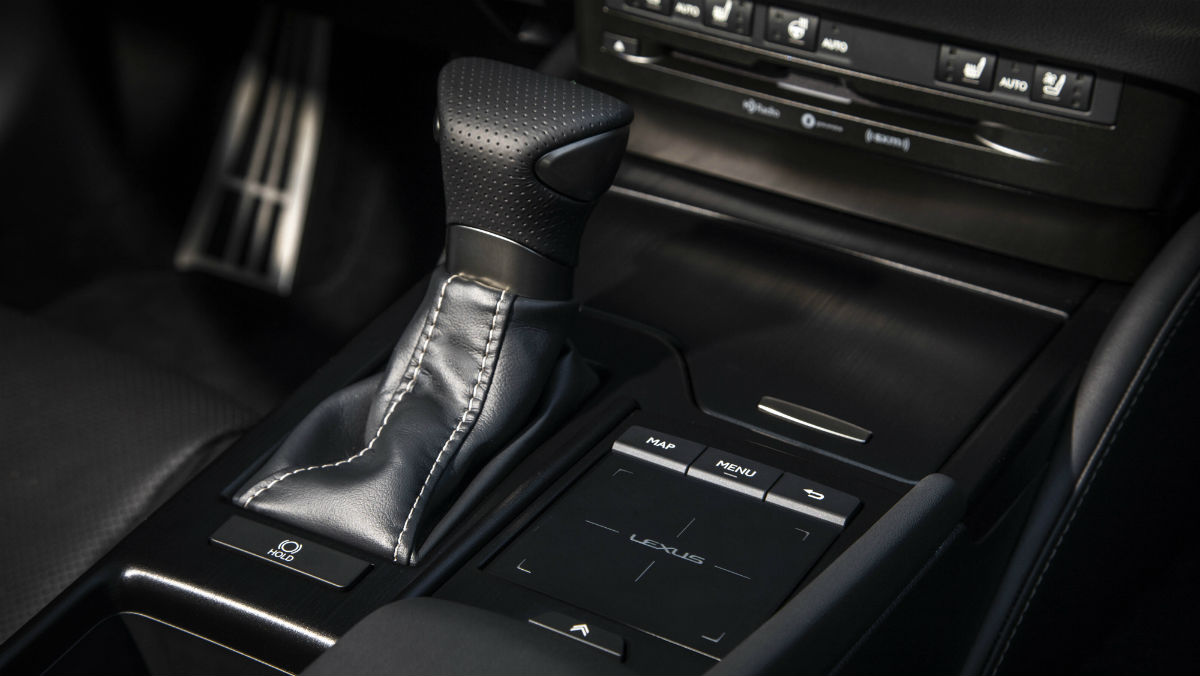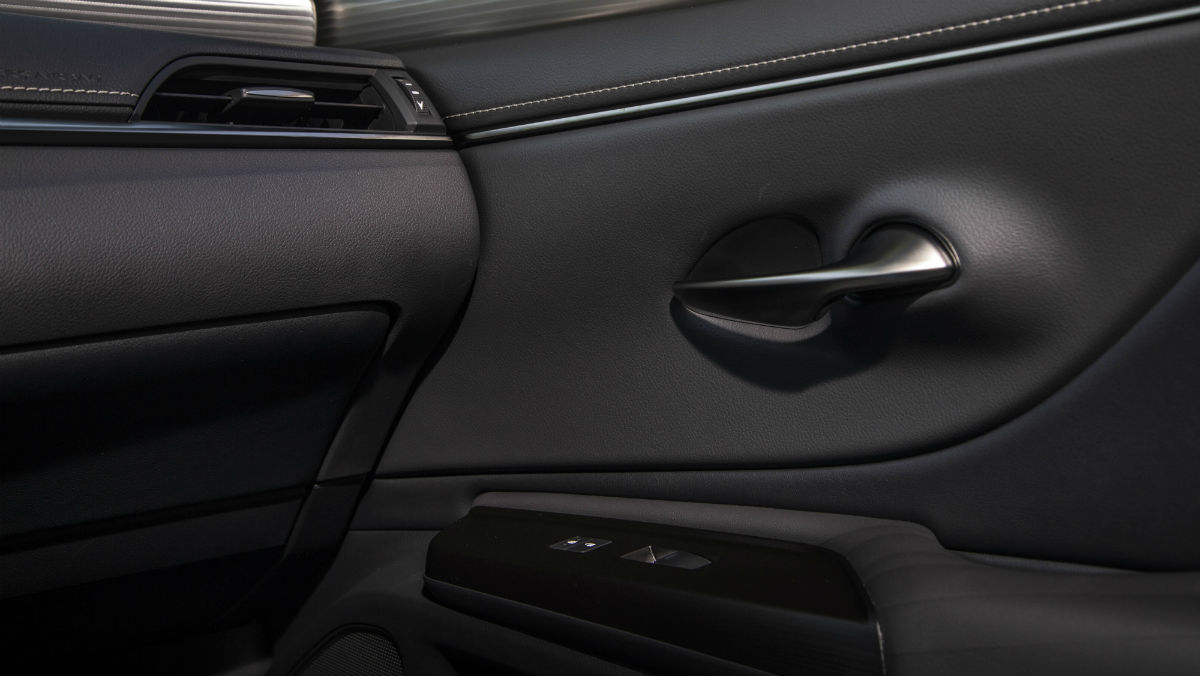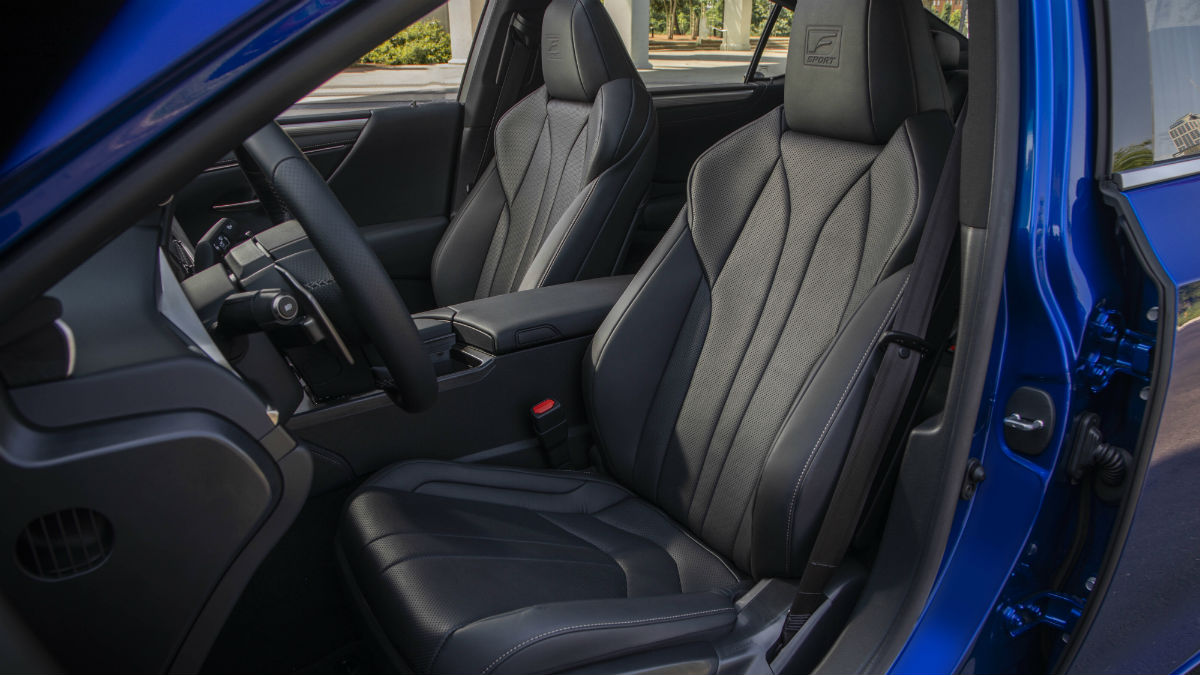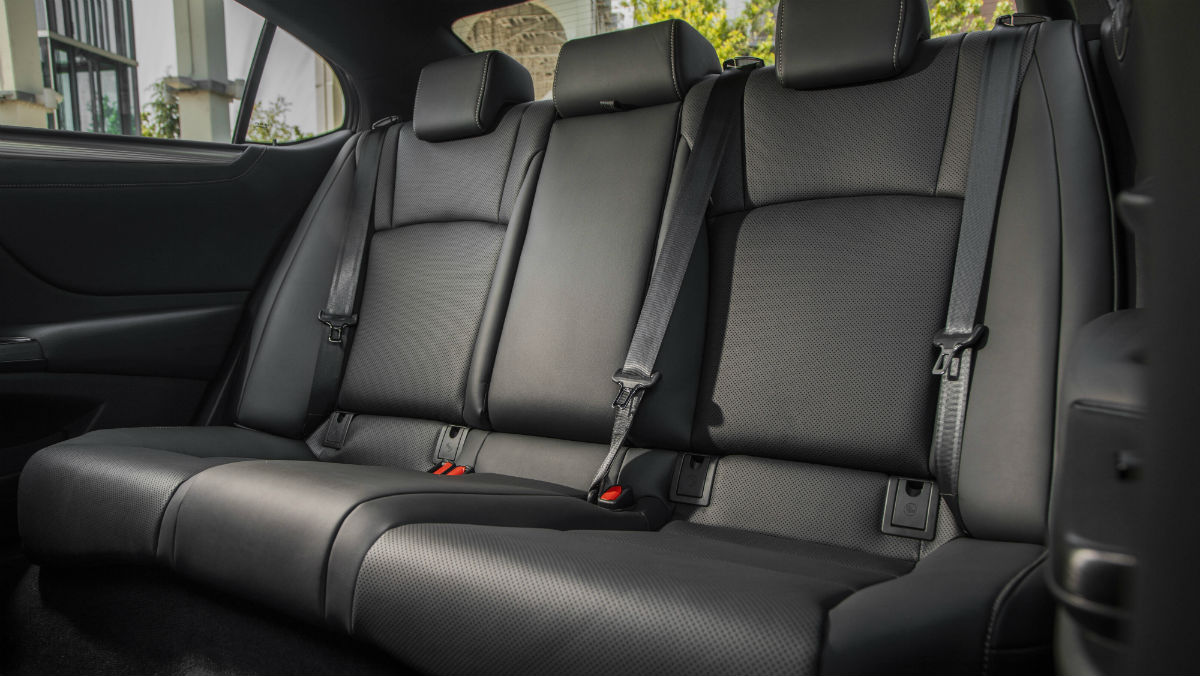Everyone wants to be noticed. They want prestige. Status. A view from the top. They want something more than what their current bank account could rightly afford. Every day, they’re assaulted by differing mediums detailing the lives of others more wealthy. More successful. More, more, more. Car companies know this. In fact, it’s the very mechanism that’s led to a Toyota Camry wearing a Lexus badge.
I could, like so many of my colleagues, wax poetically about how automakers understand that consumers want something to aspire to, but still attainable, which is why the 2019 Lexus ES exists. That cars like the ES are important in conquest sales or used to bring new blood into the brand due to their lower price of entry. But let’s be honest: Cars like the ES are nothing more than cheap, economic gains and the knowledge that most buyers won’t scratch away the Lexus badge to find Toyota’s.
Of course, you could brand me as slightly cynical for this opinion. But after a day in the Nashville humidity, bobbing through the city’s outer hill country — asking myself repeatedly, “But why wouldn’t I just buy a Camry?” — cynicism is really all that I’m left with.
Underneath the Lexus badge and Predator-style grille sits the same front-wheel-drive Toyota TNGA platform that underpins the more frugal Camry. That, however, shouldn’t be too hard a hit toward the Lexus as the new Camry has a wonderful chassis that communicates the road well back to the driver. In fact, I’ve even taken a Camry to a track and had a helluva time dive-bombing Miatas and GT86s, much to their chagrin. It’s stiff enough to romp curbs, turn in sharply, and take the once-every-five-years track day, but still compliant when you’re just off to get groceries and the only domination happens when you put your foot down to beat a crossover to the last parking spot at Whole Foods.
And if that was where the Camry and ES similarities ended, I wouldn’t have such an issue, but they don’t. The car’s power plants are another issue. Lexus offers two engines for the ES: a 3.5-liter V-6 and a 2.5-liter four-cylinder hybrid. Both, however, are the same engines also found in the Camry. You’d think Lexus at the very least would tune them to produce different performance metrics to better delineate its ES from the Camry, but for both V-6 models, they’re rated at 301 and 302 horsepower, which is near enough the same.
Performance, however, isn’t a problem either. The V-6 wants you to stretch its legs, and not just when you’re late to pick up your kids from school. The 302 horsepower feels almost underrated — if you’re angry enough, or turning and getting onto the gas particularly hard, you’ll get some lovely tire squeal from the front tires. However, these are also attributes of the new Camry.
The one issue that I can’t forgive is the interior. Inside the quiet cabin, there’s faux leather, soft touch points, a steering wheel and dash layout that is laid out perfectly and feels like a quality made product, and a bumping stereo by JBL. But here’s the thing: It may not be identical to the Camry’s, but the similarities in design and execution are striking and again bring me to the question of, “Why wouldn’t I just buy a Camry?”
Now, according to my colleagues, the reason why one wouldn’t compare the two is that they represent differing buyers — different buyers that aren’t cross shopping the Camry and the Lexus ES. This, however, is an idiotic argument, especially since the two cars ride on the same chassis, use the same engines, have similar build qualities, but only differ in cost. Which brings me to my last point: The Lexus ES will have a starting price of over $39,000, according to the company, though exact numbers haven’t been released just yet. A moderately equipped Camry though will only set you back in and around the high $20,000 to low $30,000 range. A fully equipped Camry, one with every bell, whistle, and option — one that could conceivably rival the Lexus ES in terms of comfort and luxury — taps out at $37,090.
My opinion, if you haven’t guessed it by now, is that given the cost and the almost identical feature in nearly every discernible category, I’d buy the Camry. Like the ES, the Camry is comfortable, compliant, powerful enough to get onto an on-ramp or have fun on a racetrack, and offers enough amenities to keep myself and my family happy. The only thing it lacks is the Lexus badge. But for those that want the prestige, the status, and the ability to show up and drop your Lexus keys into the valet’s hand, the ES is a great introduction to the brand and the life you want to lead.
